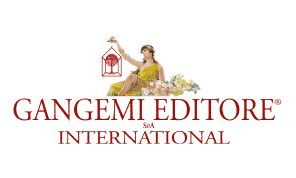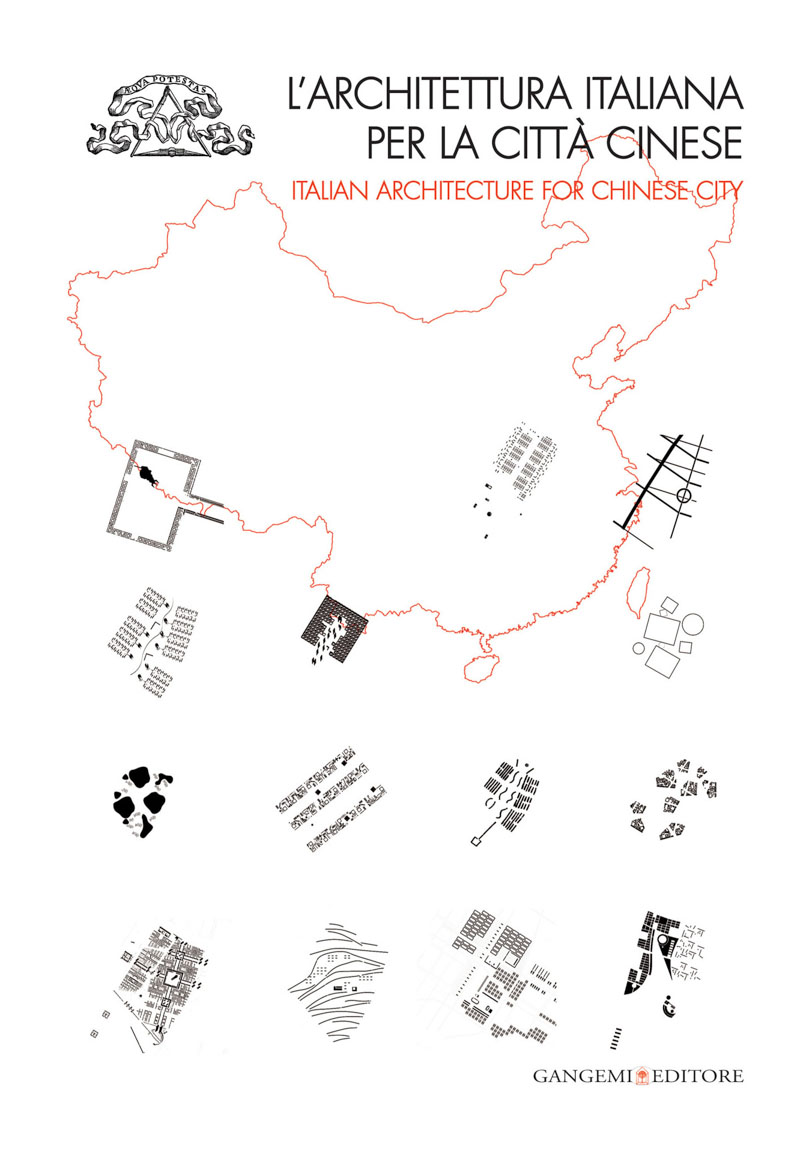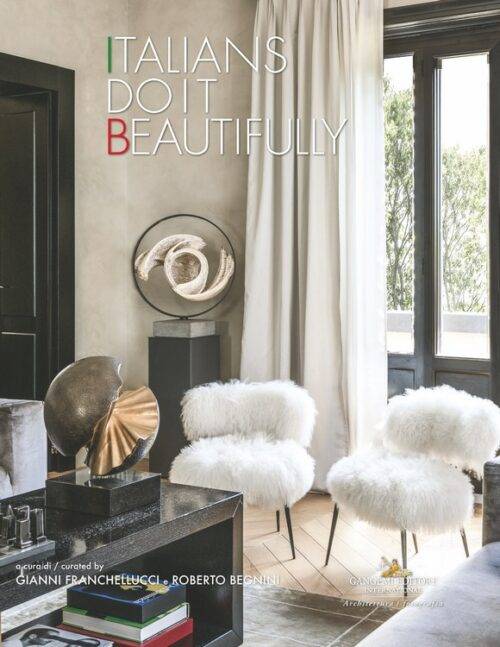L’architettura italiana per la città cinese – Italian Architecture for chinese City
A cura di: Nencini Dina, Capozzi Renato, Menegatti Francesco, Visconti Federica
Facing English text
Formato: 17 x 24 cm
Legatura: Filorefe
Pagine: 128
Anno edizione: 2010
ISBN: 9788849220278
EAN: 8849220278
UB. INT. : T811C V41c V01h
Contenuto
Sin dalla loro nascita, le Esposizioni Universali sono state lo specchio della visione di progresso del sistema economico mondiale. In origine, tale obiettivo veniva esplicitato attraverso rappresentazioni tese a celebrare la capacità dell’ingegno umano nel superare ogni vincolo che la natura gli poneva di fronte. L’Esposizione cinese è stata la più straordinaria mai realizzata sull’urbanizzazione, e ha lanciato al mondo, Italia compresa, una sfida cruciale: quale modello di città si può immaginare in un prossimo futuro? L’Italia ha colto questa sfida interpretando un Padiglione che sa di “città del futuro”, intitolato “La città dell’uomo”, in cui l’uomo torna ad essere protagonista, dove il concetto di vivibilità assume un ruolo predominante. Un edificio che ha utilizzato nuovi materiali eco-compatibili, rispettosi dell’ambiente, proiettati verso il futuro. Del resto, il tema stesso dell’Expo lanciava questa sfida. Un Padiglione che è subito assurto a simbolo del saper fare italiano rinnovando così nell’immaginario dei visitatori la tradizione dell’architettura espressa dall’Italia. Ed è stata sicuramente l’architettura una delle chiavi di lettura privilegiate dove ricercare nuovi germogli di fiducia del futuro. Un futuro in grado di immaginare le nuove comunità, le better cities e la sua better life in rapporto con il territorio e con il mondo. Per questo abbiamo voluto dedicare un intero mese della partecipazione italiana all’Expo di Shanghai proprio all’architettura. Nel mese di settembre, architetti e studiosi internazionali si sono confrontati sulle sfide dell’eco-compatibilità e dell’eco-sostenibilità. Nello stesso mese abbiamo ospitato la mostra “L’Architettura italiana per la Città cinese”: un esempio concreto di quanto l’Italia possa dire e fare per spostare più in là l’orizzonte di un futuro in cui la ricerca di nuovi materiali ecosostenibili all’architettura, gioca un ruolo decisivo. Se qualcosa rimarrà di questa Expo dei record sarà anche l’immenso capitale umano e conoscitivo, che ha avuto modo di confrontarsi nel Padiglione italiano su temi attuali e urgenti, quali quelli ispirati dal tema generale dell’Expo, “Better city, Better life”. Il successo della nostra partecipazione sarà ancora più importante se anche grazie alle nostre proposte, l’idea di una città e di una vita migliore sarà più chiara e realizzabile. Credo che in nessun luogo al mondo oggi più che in Cina ci si stia ponendo il problema della necessità di progettare delle città armoniche. Città ideali studiate fin dal principio per l’uomo. Città che non smettono mai di sorprendere, mescolando da sempre con equilibrio economia, capolavori architettonici, benessere, gusto, rispetto ambientale. Una città ‘tipo’ che l’Italia, più di altri, è in grado di proporre con forza, perché è proprio il nostro Paese e il nostro passato il punto da cui cominciare a guardare per trovare ispirazione. La nostra architettura è in grado di fornire le risposte giuste e ringrazio per questo gli architetti Franco Purini e Uberto Siola, curatori della mostra sull’architettura italiana per la città cinese che è stata l’occasione per condividere idee e progetti con i nostri amici cinesi e far capire loro che quello cui mirano – una città più armonica è la nostra città.
Since their beginnings, the Universal Expositions have been a reflection of the vision of progress of the global economic system. Originally, this objective was expressed through representations designed to celebrate the ability of human genius to overcome any constraints that nature placed in front of them. The Chinese exhibition has been the most extraordinary event ever organised on urbanisation, and has set a crucial challenge to the world, including to Italy – which city model can you imagine in the future? Italy took up the challenge, setting up a pavilion on the “city of the future”, entitled “The City of Man,” in which man becomes the main character, where the concept of living plays a leading role. A building which used new eco-friendly materials, environmentally friendly, forward-looking. Moreover, it was the theme of the Expo itself which launched this challenge. A pavilion that has now become a symbol of Italian know-how, thus renewing traditional Italian architecture in the imagination of visitors. And architecture was certainly one of the keys to sowing new seeds of confidence for the future. A future in which it is possible to imagine new communities, better cities and a better life in relationship with the country and the world. This is why we wanted to dedicate a whole month of the Italian participation in the Shanghai Expo to architecture. In September, architects and international experts met to discuss the challenges of eco-friendliness and eco-sustainability. In the same month we hosted the exhibition “Italian Architecture for chinese Cities”, which was a concrete example of what Italy can say and do to move beyond a future in which the search for new eco-sustainable materials plays a decisive role in architecture. If something remains in people’s memories from this Expo it will be the immense amount of human capital and knowledge which have met in the Italian pavilion regarding current and urgent issues, such as those inspired by the general theme of the Expo, “Better city, Better life”. The success of our participation will be even more important if, thanks to our proposals, the idea of a city and a better life will become clearer and more achievable. I believe that nowhere in the world today more than in China, we’re raising the question of the need to design harmonious cities. Ideal cities studied from the beginning for man. City that never cease to surprise, always mixing a balanced economy, architectural masterpieces, wellness, taste, respect for the environment. Italy is, more than others, capable of a strong proposal for a ‘type’ city because it is in our Country and in our past the point where to start looking for inspiration. Our architecture is able to provide the right answers and I thank for this architects Franco Purini and Uberto Siola, curator of exhibition about Italian architecture for chinese cities that was an opportunity to share ideas and projects with our Chinese friends and make them understand that what they seek – a more harmonious city – is our city.
Parole chiave
Condividi su













